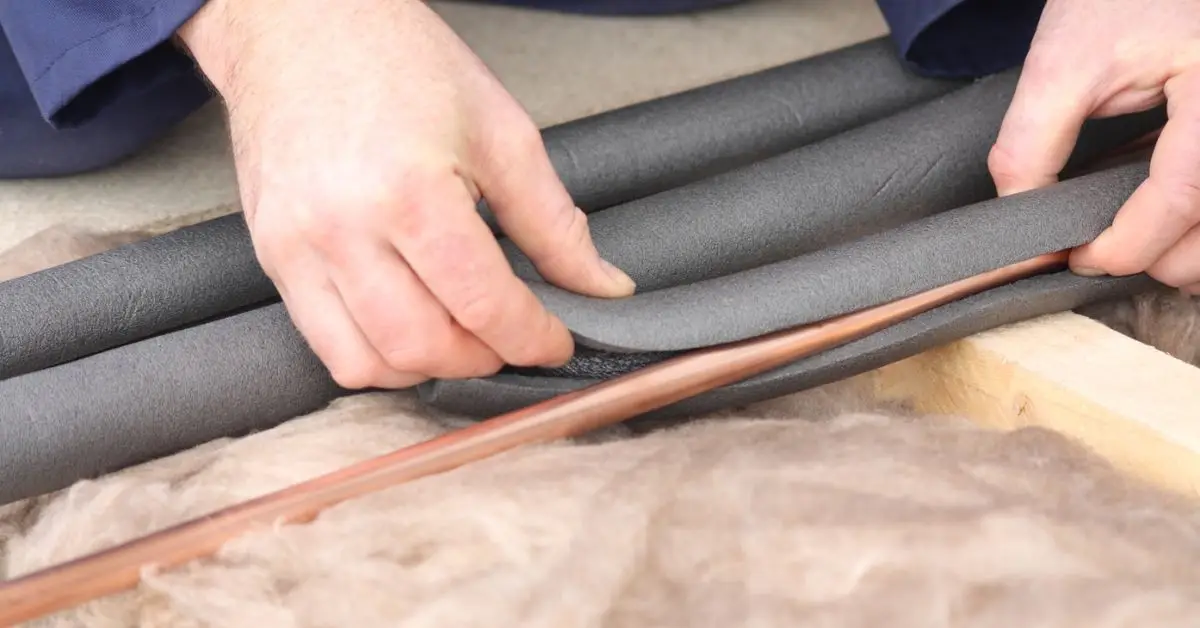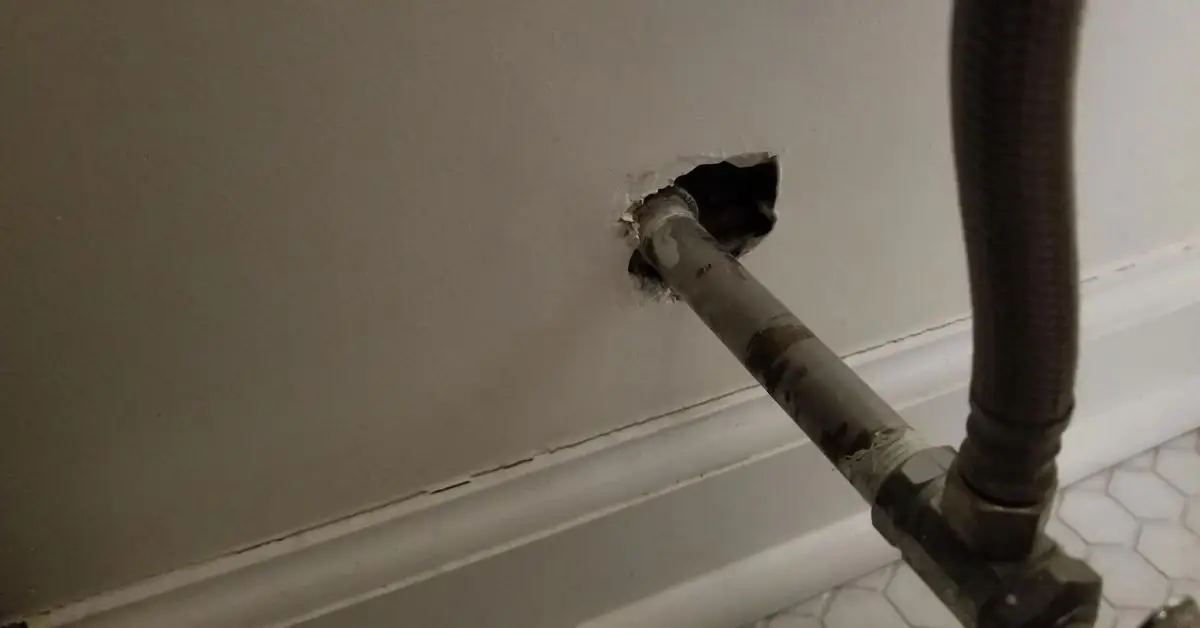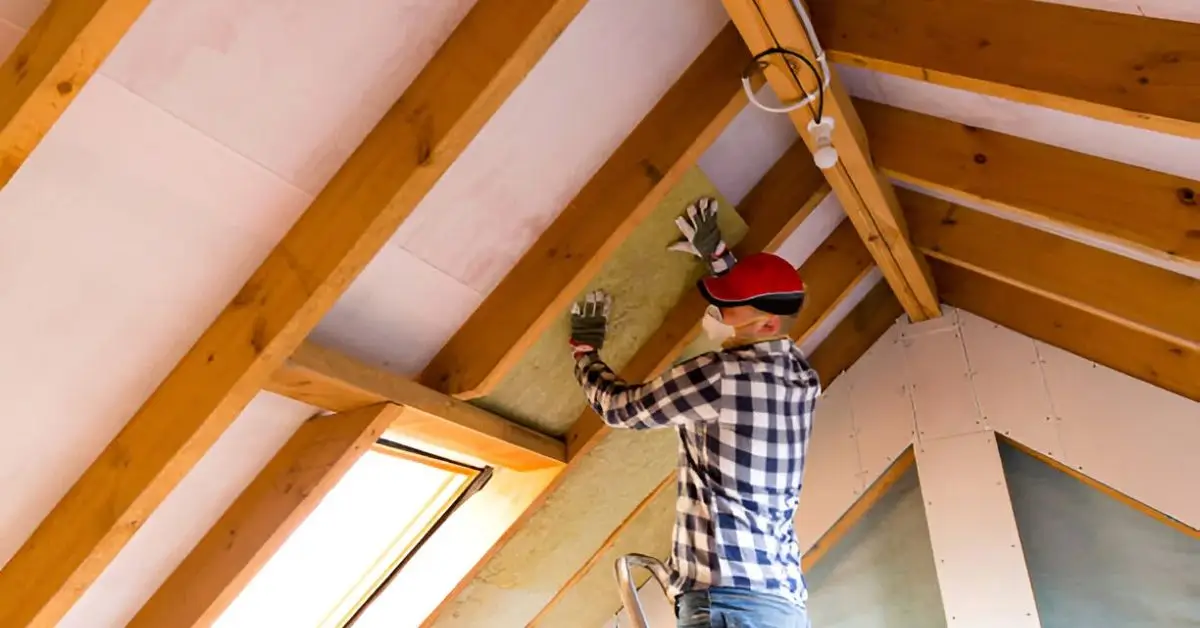Preventing Frozen Pipes: 10 Must-Know Tips for Every Homeowner
Winter brings a lot of challenges, but one of the most stressful is dealing with frozen water pipes. As temperatures drop, water inside pipes can freeze, causing them to burst, leading to flooding and extensive damage. You might not realize it, but a small, unnoticed crack can quickly turn into a big problem, costing thousands in repairs.
In this article, I’m going to share with you 10 essential tips to prevent your pipes from freezing, so you can avoid these costly issues. Whether you’re a seasoned homeowner or new to the cold winters, these simple, practical steps will keep your plumbing in top shape throughout the season. Ready to protect your home? Let’s dive in!
1. Keep Your Home Heated Even When You’re Away
When you’re planning to leave for a trip, the last thing you want to worry about is frozen pipes. But here’s the thing: even if you’re not home, your pipes still need protection. If the temperature inside your home drops too low, the water in your pipes can freeze, and we both know that can lead to costly, stressful repairs. Winter-proofing your home by maintaining a steady temperature and ensuring your pipes are well-protected is crucial.
Here’s what you can do:
- Set your thermostat to at least 55°F (13°C): This is the minimum temperature recommended by experts to prevent your pipes from freezing.
- Don’t turn off the heat completely: Even if you’re away for an extended period, keeping the heat on a low setting will protect your plumbing.
- Use smart thermostats: If you’re tech-savvy, a smart thermostat can be programmed to adjust the temperature based on when you’re home or away, saving you energy costs while still preventing freezing.
When you’re away, it’s easy to assume that your home doesn’t need attention, but maintaining a steady indoor temperature is one of the most effective ways to protect your pipes from freezing. It’s a simple yet crucial step that prevents major headaches when you return.
2. Insulate Exposed Pipes in Unheated Areas

Exposed pipes, especially those in attics, basements, or garages, are most vulnerable to freezing. Insulating these pipes is a simple and cost-effective way to protect them from the cold.
Here’s how to protect your pipes:
- Use foam pipe insulation: Foam is a great way to keep the cold away from your pipes. It’s easy to apply and provides a solid barrier.
- Install heating cables: For pipes in very cold spaces, heating cables can add an extra layer of protection by keeping the pipes warm.
- Seal off drafty areas: Don’t forget to insulate spaces like attics or crawl spaces where cold air may sneak in. Even a little cold air can cause damage to exposed pipes.
- Consider pipe sleeves for larger pipes: If you have pipes that are thicker or in harder-to-reach areas, foam or fiberglass sleeves can offer additional protection.
Data Insight:
According to The Spruce, properly insulating your pipes can reduce the risk of freezing by up to 80%. It’s a proactive step that doesn’t require much time or money, yet it provides long-term protection.
Insulating your pipes in unheated areas is a simple task that goes a long way. It’s one of the most cost-effective ways to prevent freezing and save you from expensive repairs down the road.
3. Let Faucets Drip During Extreme Cold Spells
We’ve all heard this tip before: “Let your faucets drip when it’s really cold.” But why does this work? Simply put, when water moves, it’s much less likely to freeze than stagnant water. Letting faucets drip during a cold snap can help prevent your pipes from freezing and potentially bursting.
Here’s how it works:
- Let both hot and cold faucets drip: You don’t need a full stream—just a slow, consistent drip is enough to keep the water moving through the pipes.
- Focus on pipes that are most vulnerable: Faucets on exterior walls, in unheated areas, or near drafty windows are more likely to freeze, so they should be prioritized.
- Leave a faucet running overnight: During extremely cold nights, letting a faucet run slowly will keep the water flowing, even when temperatures drop dramatically.
It’s one of the easiest and most effective fixes you can do. A small effort like leaving a faucet running can make a huge difference in preventing major damage, and it’s a well-known trick that most people overlook during winter.
By following these simple steps, you can prevent frozen pipes and save yourself from the stress of unexpected plumbing disasters. As always, the key is to take action early and keep your plumbing protected before the cold weather sets in!
For more detailed tips, check out the full guide on Better Homes & Gardens.
4. Open Cabinet Doors to Allow Warm Air to Circulate Around Pipes
When cold weather sets in, it’s easy to overlook the areas where pipes are most vulnerable, like under sinks in kitchens and bathrooms. A simple trick to prevent freezing is to open your cabinet doors, especially if you have pipes running along exterior walls.
Here’s how it works:
- Let warm air circulate: Opening the doors allows warm air from your home to reach the pipes and keep them from freezing.
- Focus on exposed pipes: If you have pipes under sinks or near external walls, this will help those areas stay above freezing temperatures.
- Let the heat do the job: No extra tools, no complicated steps—just open the doors and let your home’s natural heat prevent freezing.
This is one of the easiest, low-cost methods you can use to prevent frozen pipes. It costs you nothing, takes minimal effort, and can make a huge difference, especially in homes with more exposed plumbing. For more ideas on how to keep your home protected from the cold, check out these winter-proofing tips.
5. Seal Cracks and Openings Around Pipes

Cold air sneaks in through tiny cracks and openings around your home, especially near pipes, and that’s enough to cause freezing. Sealing these gaps helps to keep the cold out and the heat in. It’s a simple step that can save you from big problems.
If you’re already thinking about winter maintenance tasks, such as sealing gaps, check out our guide on 12 essential winter maintenance tasks you can easily handle yourself.
Here’s what you can do:
- Use weatherstripping and expanding foam: These are inexpensive materials that do an excellent job at sealing gaps around windows, doors, and pipes.
- Caulk around joints: Apply caulk to any visible cracks or gaps near the pipes, especially in places where plumbing runs along exterior walls.
- Check for drafts: Pay special attention to areas near your water lines, like basements, attics, and crawl spaces.
Even the smallest crack can expose your pipes to freezing temperatures, so addressing drafts and openings is crucial. It’s an often-overlooked step, but one that can go a long way in keeping your pipes safe.
6. Use Pipe Heating Cables for Extra Protection
If you live in an area where winters can get extremely cold, or if your pipes are located in especially vulnerable spots, pipe heating cables could be the extra layer of protection you need. These cables are designed to keep your pipes warm, even in the harshest weather.
Here’s what you should know:
- How they work: Pipe heating cables are installed directly onto the pipes and maintain a consistent temperature to prevent freezing.
- Best locations for installation: These cables work best in areas like attics, basements, and exterior walls—places where pipes are most susceptible to cold.
- Installation tips: Be sure to follow the manufacturer’s instructions for installation, and consult a professional if you’re unsure where or how to install the cables.
For homeowners who live in especially cold climates or have high-risk areas, heating cables offer an advanced solution that ensures pipes stay safe even during the most extreme temperatures. If you’re willing to invest in extra protection, this is an excellent option.
7. Keep Your Garage Doors Closed
You might not think of your garage doors as a potential source of frozen pipes, but leaving them open can expose pipes in unheated spaces to freezing temperatures. A simple action like keeping your garage doors closed can help protect your plumbing from the cold.
Here’s why it works:
- Closed doors trap warm air: By closing your garage doors, you’re helping to maintain a more consistent temperature inside the garage. This prevents cold air from seeping in and freezing your pipes.
- Exposed pipes in garages: Many homes have plumbing that runs through the garage, especially in colder climates. If the garage is left open, those pipes are more susceptible to freezing.
It’s a simple, low-cost solution that many homeowners may overlook. Keeping your garage doors closed can significantly reduce the risk of freezing pipes, especially in unheated areas.
8. Disconnect Outdoor Hoses and Winterize Exterior Faucets
Outdoor plumbing can be a major source of frozen pipes, especially when you forget to disconnect hoses and winterize faucets. Taking these simple steps can save you a lot of headaches when temperatures drop.
Here’s what to do:
- Disconnect hoses: Always disconnect garden hoses and store them inside during the winter months to avoid water freezing inside the hose and back into the faucet.
- Install faucet covers: Use insulated faucet covers to protect exterior faucets from freezing. These covers are inexpensive and easy to install.
- Drain the system: If you have an irrigation system, make sure to drain it completely to avoid freezing and damage.
Experts from Consumer Reports suggest this method as a simple and effective way to prevent frozen pipes outdoors. Properly winterizing exterior plumbing is essential to avoid costly repairs and water damage.
This is a critical yet simple tip that homeowners can easily implement. Protecting outdoor plumbing prevents freezing and ensures your yard remains functional during winter months.
9. Insulate Your Attic and Basement to Maintain Consistent Temperature

Unheated spaces like attics and basements are prime areas where cold air can cause pipes to freeze. Insulating these areas helps maintain a consistent temperature throughout your home, preventing cold spots and frozen pipes.
Here’s how it helps:
- Insulation reduces heat loss: Properly insulating attics and basements helps keep heat from escaping and prevents temperature fluctuations that lead to frozen pipes.
- Focus on vulnerable areas: Insulate areas with exposed pipes, especially near exterior walls or drafty spots.
- Add weatherproofing: Consider adding weatherstripping or caulking around windows and doors in unheated spaces to further protect your plumbing.
This larger-picture solution not only prevents frozen pipes but also improves your home’s overall energy efficiency, making it a smart investment in the long run.
10. Monitor Weather Alerts and Take Action in Time
Keeping an eye on the weather forecast is an easy but effective way to prevent frozen pipes. Knowing when a cold front is coming can help you prepare in advance, ensuring your pipes stay protected during extreme cold spells.
Here’s why it matters:
- Weather alerts give you a head start: By monitoring weather forecasts, you can take preventive measures before the cold hits.
- Prepare for extreme cold: If temperatures are expected to dip below freezing, make sure you take action—whether it’s opening cabinet doors, letting faucets drip, or setting your thermostat higher.
By following these 10 simple yet effective tips, you’ll significantly reduce the risk of frozen pipes this winter. As always, the key is to take action early and ensure your plumbing is protected before the extreme cold arrives.
Conclusion – Summary of Essential Tips for Winter Pipe Protection
As winter approaches, it’s essential to take proactive steps to prevent frozen pipes, which can cause significant damage to your home. By following these 10 simple tips, you can protect your plumbing and save yourself from costly repairs.
Keep your home heated even when you’re away, insulate exposed pipes in unheated areas, and let faucets drip during extreme cold spells. Opening cabinet doors and sealing cracks around pipes can help too, as well as using pipe heating cables for extra protection. Make sure to keep your garage doors closed, disconnect outdoor hoses, and winterize exterior faucets. Insulating your attic and basement is another effective strategy to maintain a consistent temperature, and don’t forget to monitor weather alerts to stay ahead of the cold.
By implementing these straightforward strategies, you can ensure that your pipes stay safe throughout the winter months. Don’t wait for the cold to arrive—take action now to protect your home.
What’s your go-to method for preventing frozen pipes? Share your tips in the comments below! For more tips and expert advice, visit Build Like New.
Disclaimer: The information provided in this article is for general guidance only. For serious plumbing issues or specific advice, please consult a licensed professional.


